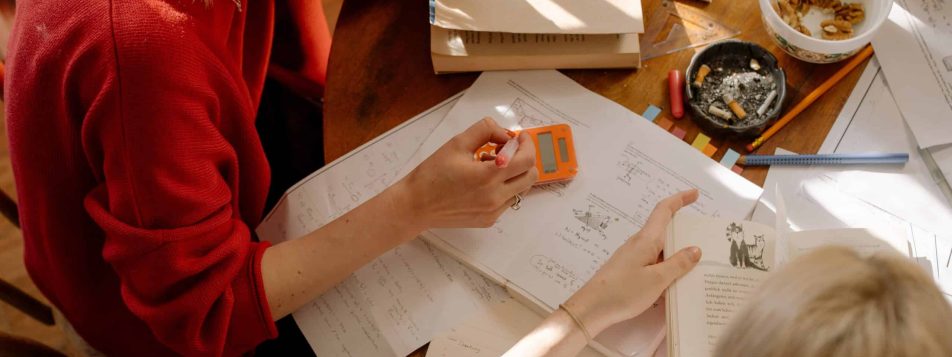There are a lot of different learning styles. The following are the three main types of learning preferences:
Visual
The visual learner learns best when information is presented as pictures or graphs (i.e., chemical formulas). The visual learner remembers what he/she sees better than what he/she hears or reads.
Examples include a diagram depicting the parts of the heart or an organ donor card that displays a picture of a human body with red ink representing all the organs that can be donated after someone has passed away.
Tactile
The tactile learner prefers hands-on activities over those that involve reading or listening alone. This type of learner may enjoy making models using clay or getting dirty while doing gardening work in order to learn about plants and flowers.
These auditory learners may also benefit from drawing or painting, sculpting or building with Legos. Other activities that may be beneficial for tactile learners include lab experiments, field trips, and even cooking.
Kinesthetic
The kinesthetic learner learns best through physical movement and activity such as running, dancing, woodworking, yoga, etc.. He/she remembers best what his/her body feels like when doing certain actions (i.e., how it feels when your heart rate increases during exercise).
For example, if you want someone who learns kinesthetically to remember how your heart rate changes during exercise. Then you should ask them to walk around while explaining this concept. Rather than just telling them verbally without demonstrating it in some way first.

The preferred learning style that has been the most effective in the classroom is a combination of both auditory and visual learning styles. When information is presented both visually and orally then this is known as a multimodal presentation.
The combination of both methods of learning has shown to be the most effective in student learning because it engages both hemispheres of the brain which increases the amount of information retained.
This is likely due to the fact that the brain is able to process the information in two different ways which causes them to more easily recall the information later on.
Linguistic learners may also benefit from a combination of visual and auditory learning styles. This is because language is a combination of both visual and auditory elements which can be more effectively grasped when they are both presented together.
Meanwhile the physical learners may benefit from a combination of tactile and kinesthetic activities. This is because physical activities allow the brain to engage with the material in a more physical manner, as opposed to just visual or auditory.
Everyone has their own individual learning styles model, and it is important to understand these so that you can learn more effectively. Learning style impacts for you. By this, you can tailor your study strategies and study habits to best suit your needs.
Read more post about How to determine your learning styles? and another post on Cudy Blog page.
Find qualified professional tutors that fit your learning styles preferences in Cudy. Sign up for free Now! cudy.co/sg/register




